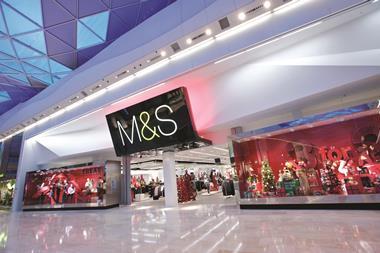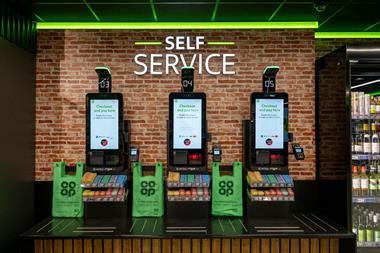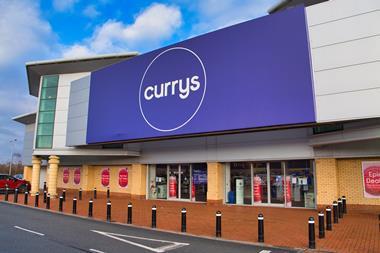As smartphones and tablets like the iPad grow in popularity amoung consumers, what will the technology they use to pay for goods look like in the future?
Contactless payments and mobile shopping might be hot topics for mobile operators at the moment, but smartphones won’t become an integral part of the paying process until retailers decide to invest in the systems needed to support them.
At the moment most retailers are using legacy systems to serve customers, and the prediction is this is about to start changing. The shape each Epos (electronic point of sale) system will take will vary according to the retailer – fashion brands and DIY stores may, for instance, be able to rely on tablets for a greater proportion of their sales than supermarkets.
As multichannel retailing becomes the norm experts say Epos systems will adapt to reflect that. For some retailers the in-store Epos interface will start to look more like a website interface, allowing customers to serve themselves on tablet devices, or download a barcode scanning application and serve themselves on their own phone. For others, it will be more of a mix – traditional, but increasingly efficient, Epos systems will still have a role in high volume transaction retailers like supermarkets.
Our feature on the future of Epos goes into more detail on how the systems retailers use to serve people might evolve, but as companies like Apple continue to push the envelope on consumer technology, the pressure is on to respond with business technology that can match it.


























1 Reader's comment